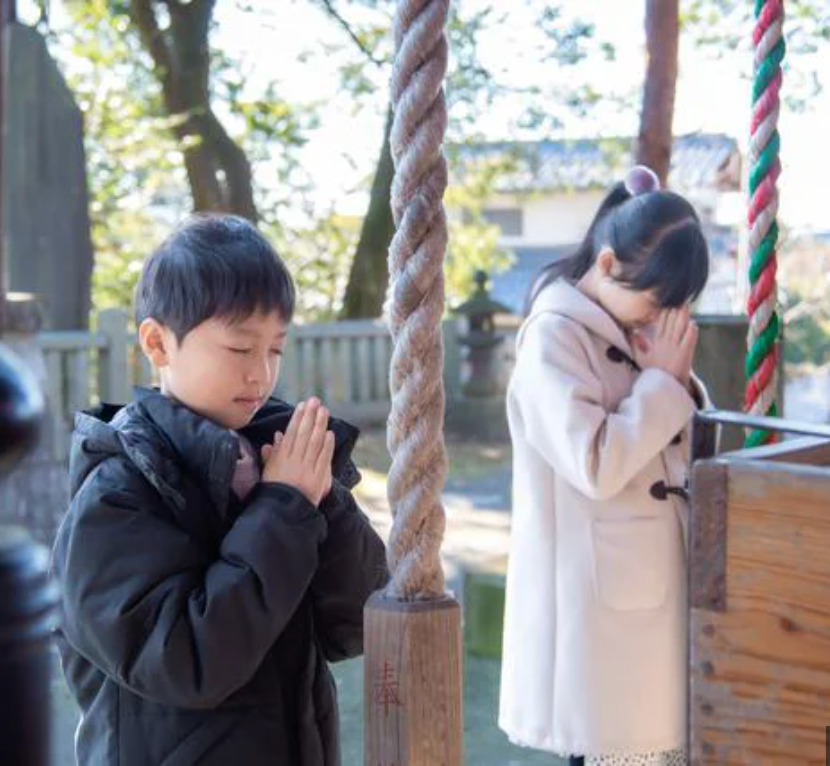The Path to Ikebana Mastery
- Azumi
- Jan 13
- 3 min read
Learn Ikebana in 2025
In Japan, there is a newyear's tradition of visiting shrines for Hatsumode, where people set new goals and aspirations for the year. The passion and hope for trying something new can create a wonderful beginning to the year.Why not set a goal to start learning ikebana in 2025? Whether you are a beginner taking your first steps or someone looking to deepen your skills, let’s explore the basics and steps to advance in ikebana together.
Spending time with flowers will help you discover a new side of yourself and foster a deeper connection with nature.Let’s brighten this year with the art of ikebana and take the first step toward achieving your goals!


The Path to Ikebana Mastery: Learning and Growing
1. First Steps: Recognizing Flowers and Their Characteristics
The first and most important step in ikebana is to understand the basic characteristics of the materials and flowers you work with and learn how to incorporate them into your design. This process gives meaning to working with living materials and allows you to feel a mystical connection with life and nature, fostering a sense of gratitude.
You will also learn about the five fundamental design forms and their characteristics, which will help you choose the most suitable form to highlight the charm of your materials. Over approximately 24 lessons, you can develop the skills to identify the basic forms and characteristics of seasonal flowers. By attending classes twice a month, it takes about a year to master the basics and learn how to appreciate and utilize different flowers.
2. Exploring Expression: Expanding Design Possibilities
Once you’ve learned to identify materials and master the basic forms, the next step is to use these forms to explore different methods of expression. Observing flowers more deeply allows you to discover new nuances and expand the range of your designs.
There are two main styles of expression in ikebana:
Natural Expression
This style emphasises the inherent characteristics of the materials, showcasing their natural beauty.
Sculptural and Decorative Expression
This style reflects the creator's intentions and is often influenced by the space or occasion where the arrangement is displayed.
Choosing one of these expressions helps clarify the design's purpose and broadens the possibilities for creativity. Since each of the five forms can be expressed in two ways, there are at least 10 design variations. Practicing each variation twice would require around 24 additional lessons, allowing you to master the foundations within two years.
3. Beyond the Basics: Expanding Your Ikebana World
After approximately two years of learning, you will be able to look at most flowers and propose suitable forms and design variations. At the same time, you will gain knowledge about handling different flowers, cutting techniques, water preparation, and seasonal aesthetics. This foundation allows you to further expand your expression through ikebana and deepen the quality of your work.

Timeline for Mastery
Basic (1–2 Years): Learn materials and basic forms.
Intermediate (3–5 Years): Expand techniques and versatility.
Advanced (5–10 Years): Develop a unique style.
Mastery (10+ Years): Achieve artistry and inspire others.
Ikebana is a lifelong journey of discovery. Each time you work with flowers and nature, you uncover new insights, making it a continually enriching experience. Even at the beginner level, the joy and depth of learning are immense. Take it one step at a time and enjoy the process!
Your Ikebana Journey Starts Here:
4-Week Course Schedule:
Upcoming Event:
Ikebana Workshop at Antique Perennials



great article of what can be achieved on ikebana journey within certain time lines